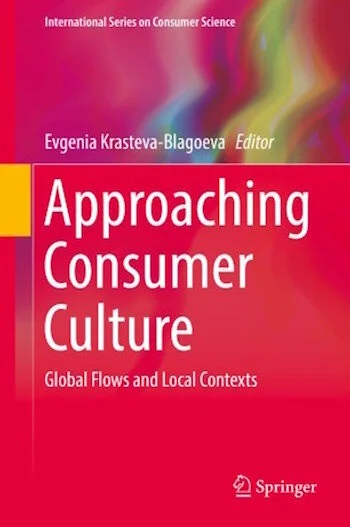Book Chapter in ‘Approaching Consumer Culture’
Book chapter published in Approaching Consumer Culture, Global Flows and Local Contexts, edited by Evgenia Krasteva-Blagoeva (Springer 2018).
Abstract
This chapter focuses on the way in which the department store became a key site for the constitution of Japanese modernity in early-twentieth-century Japan. The first Japanese department store, Mitsukoshi, not only provided new goods along with pragmatic ideas of how to use and how to evaluate them, but also sought to promote images and advice on how to integrate the “new” into existing lifestyles and value systems. Mitsukoshi offered a new type of consumer experience to explore how “to be modern.” This can be well tuned with the government policy, “reform of everyday life,” which encouraged people to be more efficient and rational in everyday practices. This policy was also well fitted to new middle class who sought to new lifestyle which would be modern. To be modern was particularly important for an urban working woman who was often seen as a modern girl. Department store provided them with not only a set of ideas to be modern, but also a new aestheticized urban consumer space as a stage to perform. Hence, Mitsukoshi served both as a political device to create modern citizen and as a cultural device to produce modern consumers in political and cultural transition era of Japanese modernization.


